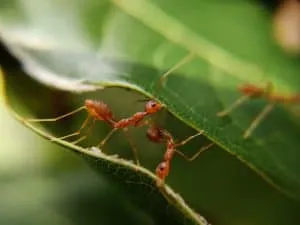Understanding Tarantula Safety in Utrecht
Keeping a tarantula as a pet in Utrecht is a rewarding experience, but it also comes with responsibilities. One of the most important aspects of responsible tarantula ownership is ensuring its safety. This includes providing a suitable habitat, proper care, and protecting it from potential threats. In the context of Utrecht, understanding the local environment and potential dangers, such as ants, is critical. This guide focuses on the specific challenges tarantula owners in Utrecht face and provides actionable steps to keep your pet safe and thriving. By being proactive and informed, you can create a secure environment for your tarantula and enjoy many years of companionship.
The Threat of Ants to Tarantulas
Ants pose a significant threat to tarantulas, regardless of where they are kept. These tiny insects can cause serious harm, and even death, to your beloved pet. Ants are persistent and opportunistic, and they will exploit any weakness in a tarantula’s defenses. The specific risks associated with ants make it crucial for tarantula owners, particularly those in areas like Utrecht where ants are common, to be vigilant and take preventative measures. Understanding the dangers of ants, recognizing infestations, and knowing how to eliminate them are vital components of responsible tarantula care. This information equips you with the knowledge and tools to protect your tarantula from this often overlooked threat.
Why Ants are Dangerous to Tarantulas
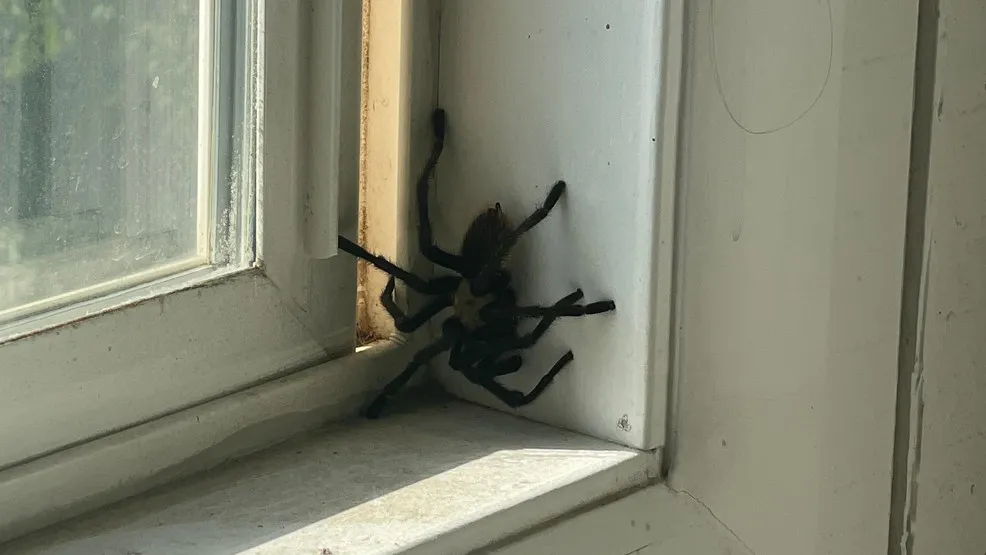
Ants can harm tarantulas in several ways. They can bite and sting the tarantula, causing injury and stress. Some ant species are aggressive and capable of swarming, which can overwhelm a tarantula. Ants often invade the tarantula’s enclosure, contaminating the habitat and potentially introducing diseases or parasites. Additionally, ants compete with tarantulas for food sources, and some species will even prey on tarantula eggs or young spiderlings. The stress of an ant infestation can weaken a tarantula, making it more susceptible to other health problems. Given these risks, it’s clear why ant prevention and control are essential for tarantula owners.
Common Ant Species in Utrecht
Utrecht’s climate supports various ant species. Understanding which ants are common in your area is important for tailored prevention. Some of the most frequently encountered ant species in Utrecht include the garden ant (Lasius niger), often found in gardens and homes, and the pavement ant (Tetramorium caespitum), which can infiltrate buildings. Identifying the specific species you are dealing with can help you choose the most effective control methods. Local pest control services or entomologists can assist in identifying ant species, offering valuable insights into their behavior and vulnerabilities. Regular monitoring can also help you detect an ant problem early on, before it becomes a serious issue.
Identifying Ant Infestations
Early detection is key to managing ant infestations. Regular inspections of your tarantula’s enclosure and the surrounding area are essential. Look for signs of ant activity, such as ants themselves, ant trails, or small piles of dirt or debris (ant nests). Even a few ants spotted near the enclosure can indicate a larger problem. Prompt action can prevent a minor inconvenience from turning into a major threat to your tarantula’s health. Take the time each day or week to examine the enclosure, paying close attention to corners, crevices, and areas where food is stored. Being vigilant can save your tarantula from harm.
Signs of an Ant Infestation
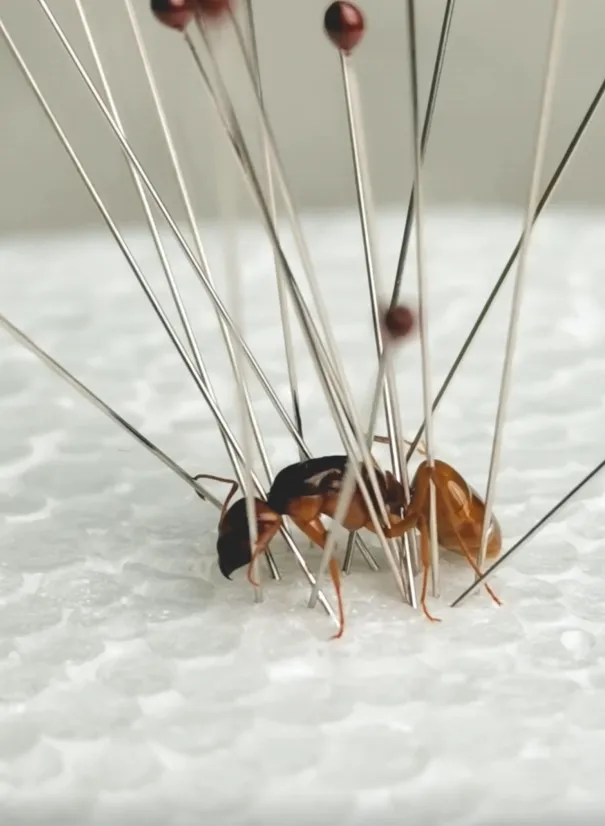
Several telltale signs indicate an ant infestation. The most obvious is seeing ants near or inside the enclosure. Look for ant trails, which can lead you to their nest. Other signs include small piles of dirt or frass (ant waste) near the enclosure. You may also notice ants feeding on leftover food or water sources within the tarantula’s habitat. If your tarantula exhibits unusual behavior, such as restlessness or a lack of appetite, it could be a sign of stress caused by ants. Regularly check for these warning signs to quickly address any potential problems.
Consequences of Ant Infestations
An ant infestation can have severe consequences for your tarantula. Ants can bite and sting, causing pain and stress. They can also transmit diseases or parasites, potentially leading to illness. In severe cases, ants can swarm and overwhelm a tarantula, especially young or vulnerable individuals. Furthermore, ants can contaminate the enclosure, affecting the tarantula’s health. A serious infestation can lead to your tarantula’s death. Recognizing these potential consequences makes it clear why prompt and effective ant control measures are crucial for responsible tarantula ownership.
Top 5 Facts to Protect Your Tarantula
Fact 1 Create a Barrier
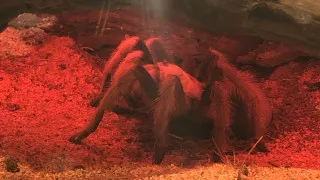
A physical barrier is the first line of defense against ants. Apply a barrier such as petroleum jelly or a commercial ant-repellent gel around the perimeter of the tarantula’s enclosure. Make sure the barrier is continuous and doesn’t have any gaps that ants can exploit. Check the barrier regularly and reapply it as needed, particularly after cleaning the enclosure or if you notice any breaches. This simple step can significantly reduce the risk of ants entering the enclosure. Always ensure the barrier substance is non-toxic to tarantulas.
Fact 2 Maintain a Clean Enclosure
Regular cleaning is essential for preventing ant infestations. Remove any leftover food, dead insects, or other debris from the enclosure promptly. Clean the enclosure thoroughly on a regular schedule, using a mild, unscented cleaner. Replace the substrate periodically to prevent the buildup of food particles and waste. A clean enclosure is less attractive to ants, as it eliminates potential food sources and nesting sites. Maintaining a clean habitat also benefits the overall health and well-being of your tarantula, minimizing the risk of disease and infection.
Fact 3 Monitor Food Sources
Carefully manage food sources to prevent attracting ants. Only provide your tarantula with the amount of food it can consume within a reasonable timeframe. Remove uneaten food promptly, as it can attract ants. Store live insects in a separate, ant-proof container, away from the tarantula’s enclosure. Avoid leaving food or water spills around the enclosure. By controlling food sources, you make your tarantula’s habitat less appealing to ants, reducing the risk of an infestation. This simple but effective approach minimizes the chances of attracting these unwanted pests.
Fact 4 Use Natural Repellents
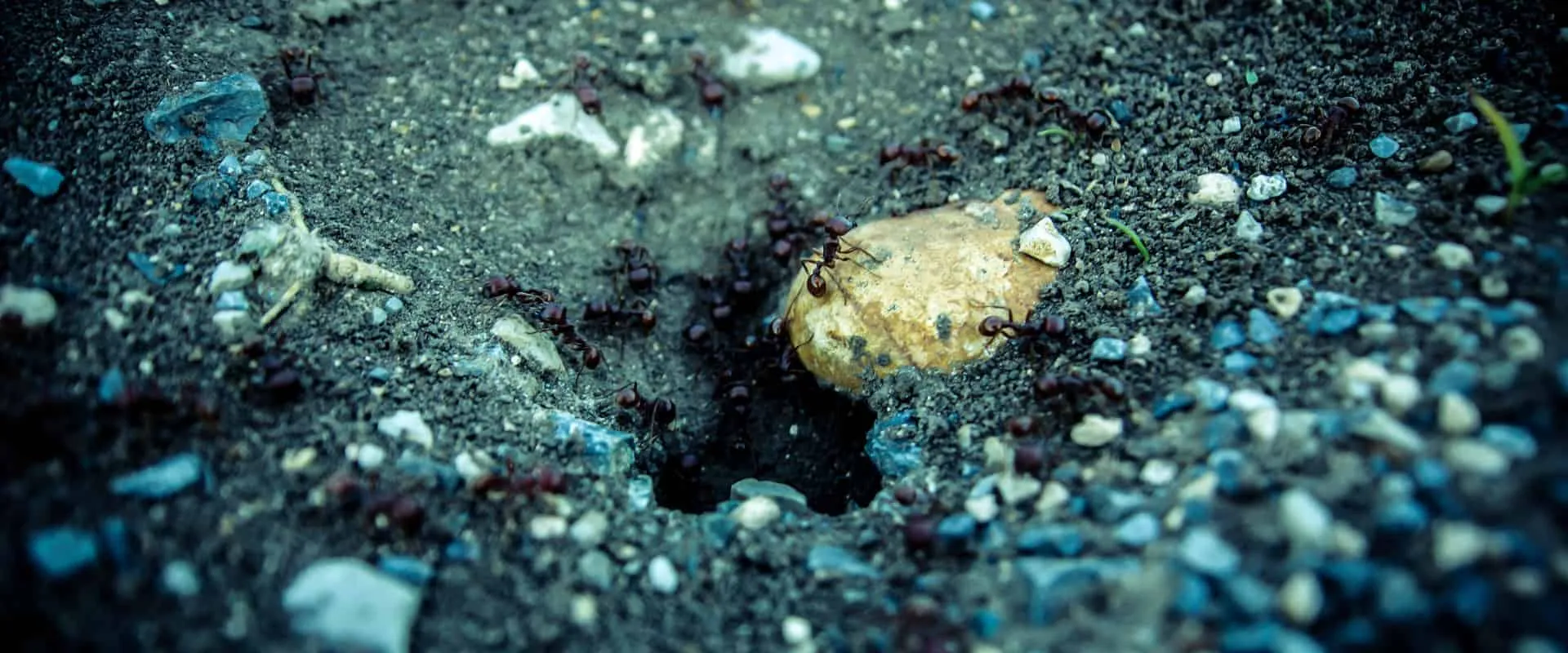
Consider using natural ant repellents to deter ants from entering the enclosure. Some effective options include cinnamon, vinegar, peppermint oil, or citrus peels. Sprinkle cinnamon around the perimeter of the enclosure or place cotton balls soaked in peppermint oil near potential entry points. You can also create a solution of water and vinegar and spray it around the enclosure. Always test these repellents in a small, inconspicuous area first to ensure they don’t harm your tarantula or damage the enclosure. These natural methods offer a safe, eco-friendly way to prevent ants from invading your tarantula’s habitat.
Fact 5 Regular Inspections
Regularly inspect the enclosure and surrounding areas for signs of ants. This proactive approach allows you to catch infestations early, making them easier to control. Check for ants, ant trails, or other signs of activity. Look for potential entry points, such as cracks, gaps, or openings. Schedule regular inspections, ideally every day or every other day. Early detection prevents an infestation from becoming a serious problem. This practice provides you with the opportunity to take immediate action, protecting your tarantula from the dangers of ants.
Preventive Measures
In addition to the top 5 facts, several preventive measures can help protect your tarantula. These measures focus on creating an environment less hospitable to ants, limiting access points, and regularly monitoring for any signs of an infestation. By integrating these strategies into your tarantula care routine, you can significantly decrease the risk of ant problems, ensuring your pet’s health and well-being. Implementing these preventive steps is an investment in your tarantula’s long-term safety.
Choosing the Right Substrate
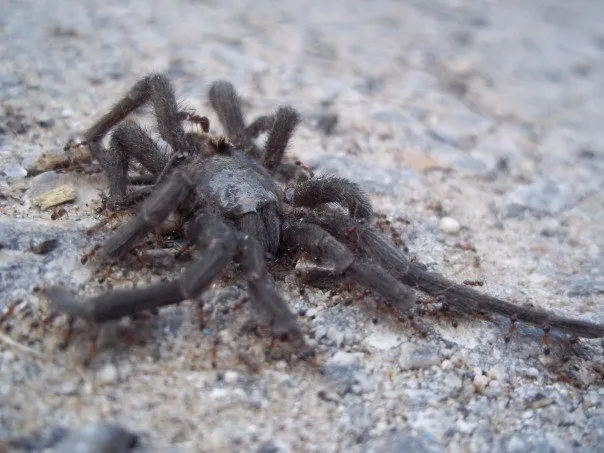
The choice of substrate can influence ant infestations. Select a substrate that is less attractive to ants and less prone to moisture retention, which can attract pests. Avoid substrates that contain food particles or other organic matter that could serve as a food source. Regularly replace the substrate to prevent buildup and maintain a clean environment. Popular substrate choices for tarantulas include coconut fiber, peat moss, or a mix of these materials. Make sure the substrate is appropriate for the specific species of tarantula you keep and that it supports the right humidity levels.
Proper Ventilation and Humidity
Maintaining appropriate ventilation and humidity is critical for tarantula health and can also play a role in ant prevention. Proper ventilation helps keep the enclosure dry, making it less attractive to ants, who prefer humid environments. Ensure that your tarantula’s enclosure has adequate ventilation, avoiding stagnant air. Monitor humidity levels with a hygrometer and adjust them as needed, depending on the species. Providing the right environmental conditions not only benefits the tarantula directly, but also reduces the likelihood of ant infestations. Correct ventilation also reduces mold growth.
Ant Control Methods
If you discover an ant infestation, prompt action is crucial. Various control methods can be employed to eliminate ants and protect your tarantula. These methods range from natural repellents to insecticides. Choose the most appropriate method based on the severity of the infestation and your comfort level with different control options. Combining different strategies often yields the best results, ensuring thorough ant control. Consider contacting professional pest control services if the infestation is extensive or if you are uncertain about the best course of action.
Natural Ant Repellents
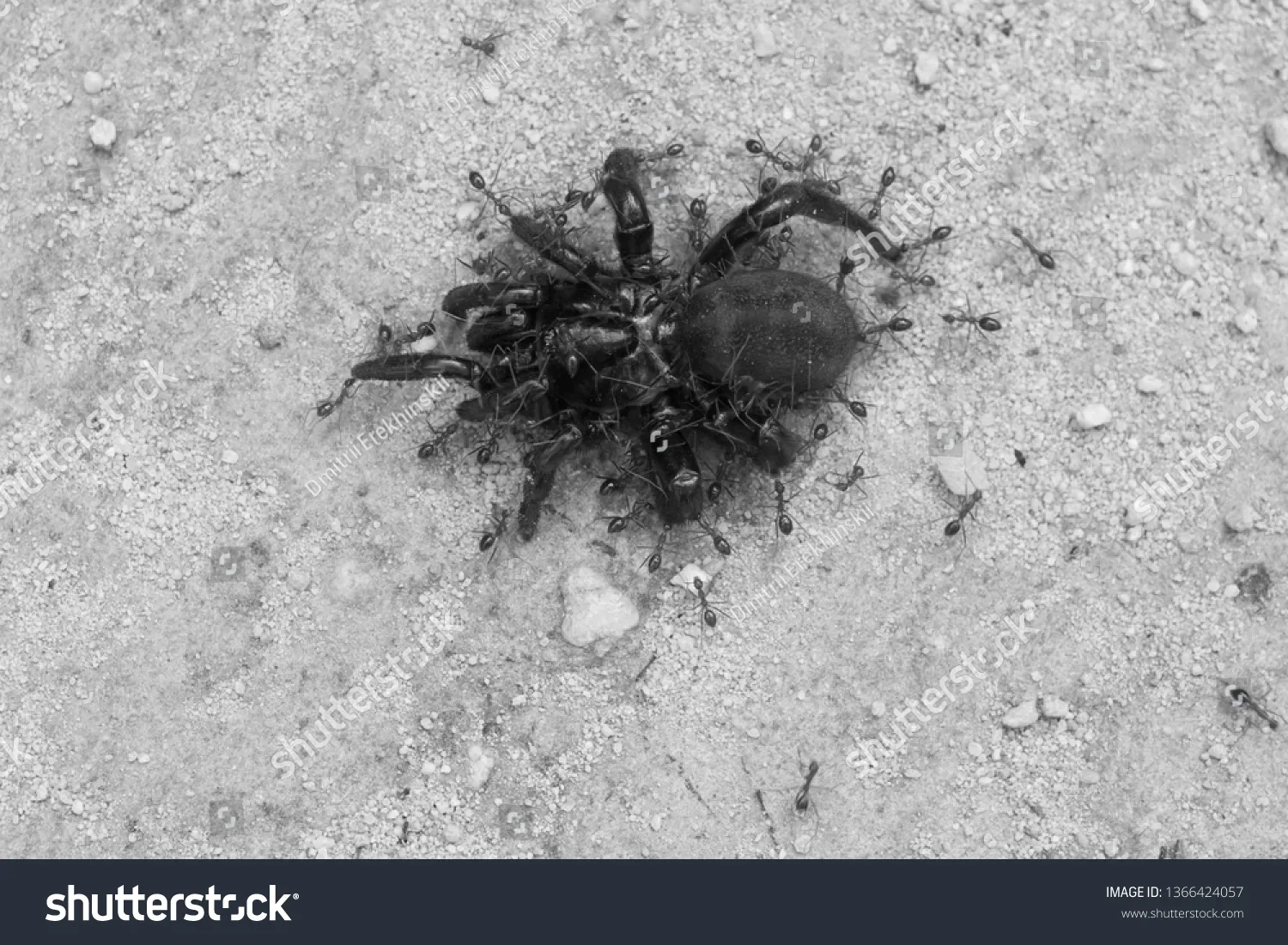
Natural repellents offer a safe and eco-friendly way to manage ant infestations. Cinnamon, peppermint oil, and vinegar are effective at deterring ants. Sprinkle cinnamon around the enclosure or place cotton balls soaked in peppermint oil near potential entry points. You can also spray a diluted vinegar solution around the enclosure. However, always test these repellents in a small area first to make sure they are safe for your tarantula and do not damage the enclosure. Natural repellents are a good starting point for addressing minor ant problems.
Safe Insecticides
If natural repellents aren’t enough, consider using safe insecticides. When choosing insecticides, opt for products specifically designed for use around pets and that are labeled as safe for use around sensitive species. Apply insecticides cautiously, following the manufacturer’s instructions carefully. Always keep insecticides away from your tarantula and its enclosure. Consider consulting with a pest control professional who can recommend and apply appropriate insecticides in a safe manner. Safety should always be the top priority when dealing with insecticides near your tarantula.
When to Seek Professional Help
Knowing when to seek professional help is important for tarantula owners. If you cannot control the ant infestation with DIY methods or if the infestation is widespread, it’s time to call a professional pest control service. Professionals can identify the ant species, locate their nests, and apply targeted treatments to eliminate the infestation. They also have access to more powerful insecticides that are not available to the general public. A pest control expert can help prevent future infestations. Professional help ensures your tarantula’s safety.
Caring for a tarantula in Utrecht requires vigilance and a proactive approach to safety. Understanding the dangers posed by ants and taking appropriate preventive and control measures is essential to ensuring your pet’s health and well-being. By following the top 5 facts, implementing preventive measures, and knowing when to seek professional help, you can protect your tarantula from the threat of ants and enjoy a rewarding experience as a tarantula owner. Remember, a safe tarantula is a happy tarantula!
